Surviving the Teenage Apocalypse in Tillie Walden's Clementine Book One
Tillie Walden's Clementine is The Breakfast Club set during a zombie apocalypse.
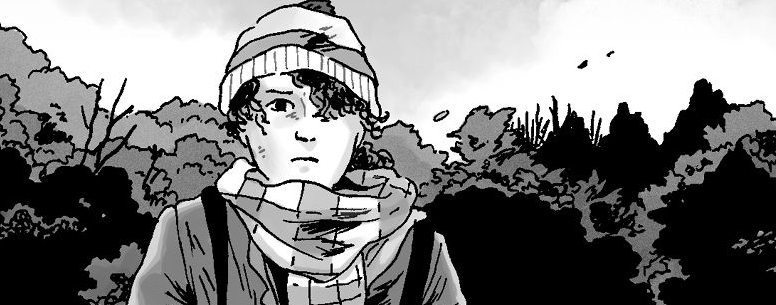
In her comics, Tillie Walden has shown us the vulnerability but also the resilience of youth. Her drawings in her latest book Clementine Book One introduce us to a band of teenage characters fighting for their lives at the world’s end. “Teenagers at the end of the world” almost sounds like an exaggeration of the high school experience, where every day could feel like a life and death situation as they navigate hallways and classrooms. That feeling is what Walden taps into, removing the high school setting and placing it in Robert Kirkman’s The Walking Dead world. High school jocks and cliques are replaced by apocalyptic survivalists and zombies. Even with its zombies and fight-for-survival mentality, Walden still focuses on the experience of growing up in this time; it’s just that this time is the literal end of the world when society as we know it crumbled when the dead started walking the earth again. But while we may see the end of the world, Clementine actually looks forward with a bit of youthful optimism and asks “what’s next?”
Focusing on these characters, their experiences, and their developing dependencies on one another, Walden quietly introduces us to Clementine, a teenage girl who is missing a leg below one knee but can still fight walkers (the undead) using her crutches as weapons. In the first few pages, Walden shows us this character’s toughness but there’s also a vulnerability to her. More than just the obvious missing leg, she draws Clementine with a youthful defiance. Even with no one other than the walkers around, you see on Clementine’s face her me-versus-the-world attitude as she hacks at the walkers. But in the quiet moments, that facade falls away as she sleeps. The first handful of pages are setting up who the character is, or at least who she thinks she is before Walden begins chipping away at that self-created identity during the rest of the story.
As she brings in other characters, we get to know them visually as much as we do through what they say and do. Whether it’s Amos, the young Amish boy, who looks at the world with wonder and curiosity more than horror, or Ricca, a girl who is just as tough but more open than Clementine, Walden gets her characters to act on the page, to emote and express themselves physically. She lets us know who these characters are and also who they want the world to think they are. She balances out the inner and outer essences of these kids, drawing out their personalities through a sideways glance or even the occasional enthusiastic charge into the unknown (mostly by Amos.)
There’s an early moment of horror for Amos that doesn’t involve any of the walkers. He and Clementine fought a lot of zombies on their way to Vermont where he hopes to get a job building homesteads on a mountain. “Sounds like a scam to me,” Clementine says already jaded from having seen the world. But when they arrive in Vermont and meet the two sisters who are building the homestead, one of the sisters does something seemingly out of the blue and completely unthinkable to Amos. And Walden draws him with the appropriate shock and terror. The one action and his reaction to it build on what we’ve already seen of this character but lays out his innocent (maybe naive) worldview which Walden expresses visually with the character.
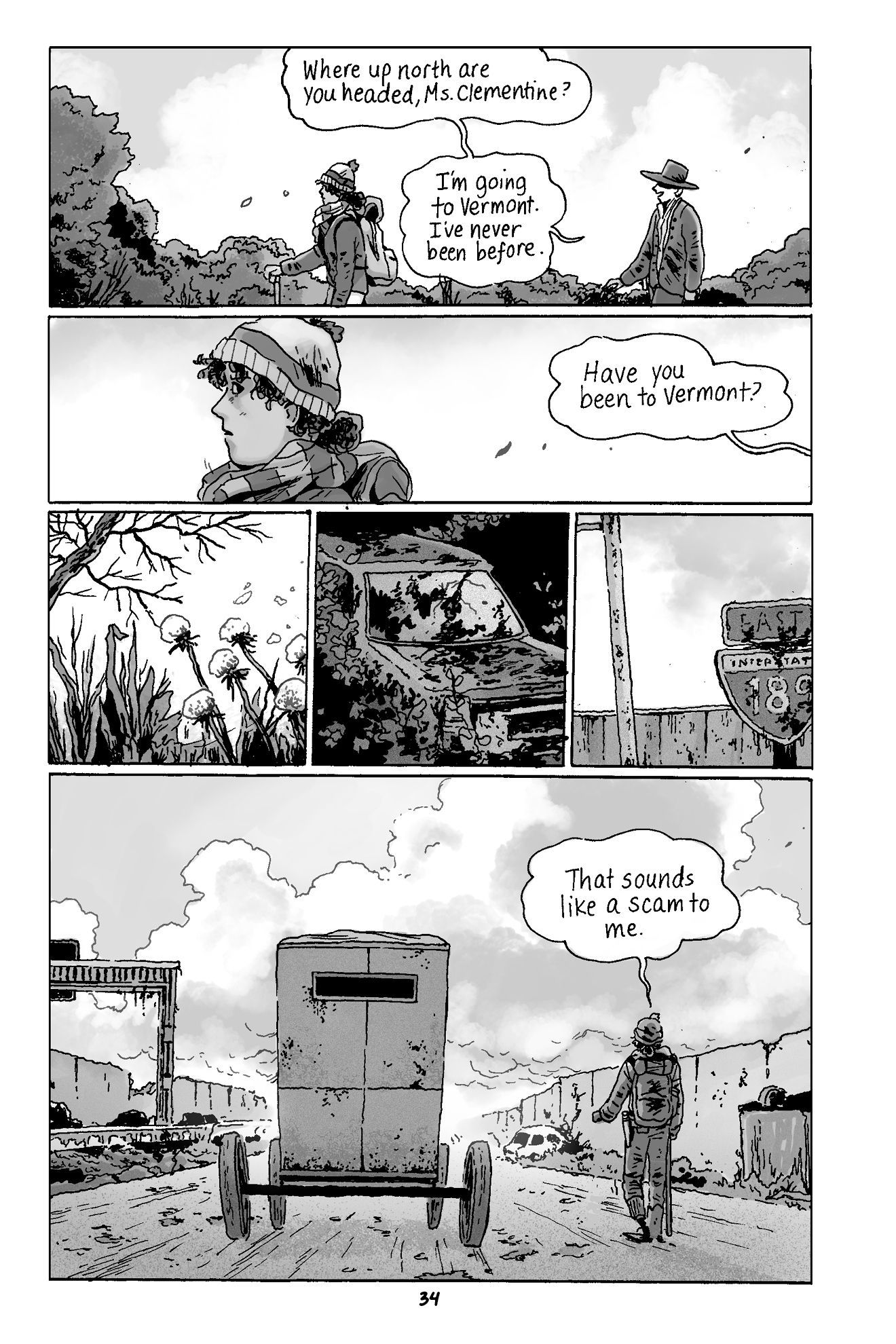
This story needs a strong survivor at the center of it and Clementine fits that bill. As we see her in those first pages, Walden balances the character’s strengths and weariness and then continues to build up both of those aspects of her throughout the book. Meeting other young survivors, Clementine stands out as the rock of the story while she’s trying just to survive. There’s a roominess to this story and on its pages that lets us into these characters’ headspaces. The story builds on Clementine’s reactions to the moment and to the choices she has to make, whether it’s as commonplace as accepting new people into her life or as harrowing as how to escape a mass of walkers. Walden shows Clementine always in a defensive stance, backed by a defiance to letting the world into her heart.
Yet, there’s a different side to Clementine, one that recognizes the brokenness in this world even though it’s the only world that she’s known. Along with Amos, Ricci, and the sisters Olivia and Georgia, these kids have to band together to survive in the snowy mountains, finding an opportunity to build a community. Through that opportunity, Walden shows Clementine adapting, growing, and changing. Friendships develop, flirting happens, and rivalry for affections threatens everyone. The Clementine who faces all of that is different than the Clementine we saw at the beginning of the book. She is beginning to accept a friendship that she closed herself off to when she met Amos.
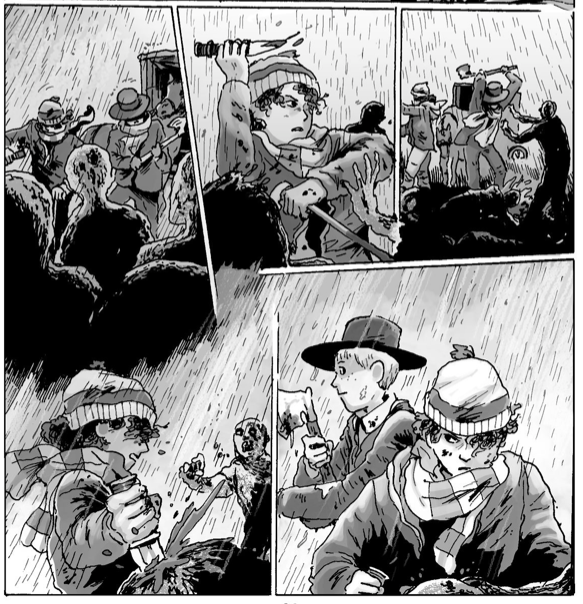
As she faces all of this, that toughness that we saw at the beginning of the book is still there. Facing the walkers and a betrayal by one of the others kids, Clementine shows that toughness is a part of who she is, the girl surviving on her own against the walkers can still take care of herself but now she also has other people that she needs care for. With that comes a tenderness to her that develops throughout the story. It’s a tenderness she needs as she makes a friend with Amos or semiseriously flirts with Ricci. At the beginning of the book, she thinks she’s alone and doesn’t need anyone but learns to value personal relationships as she lets her guard down around other people.
Through it all, there’s hope that develops during the book that things can be better which is reflected in those changes in Clementine. Maybe it’s Amos’s unfettered innocent optimism at seeing the world, even a world overran by the walking dead, and building something that infects Clementine and every other aspect of this story. It’s a youthful optimism that Walden fosters as the story develops. Sure, things look bleak and dismal but Clementine opens herself up to the possibility of change. That’s why she stays with Amos, to protect him from a world that he’s not prepared for but maybe also hoping that some of his optimistic worldview could rub off on her. She’s resistant to letting anything into her life but she also remains in control when she does open the door to those opportunities.
At the heart of it, these are still teenagers; this is a teenage young adult story. Walden’s story finds room for that in a zombie story. After one disheartening setback where Ricci and Clementine find themselves trapped in a deep crevice (and this is before it even turns into a worse situation,) Ricci asks “Who knew there would still be moody teenagers in the apocalypse?” Tillie Walden’s Clementine Book One takes two types of stories, moody teenagers growing up and dystopian stories, and merges them to explore what it’s like growing up in a time when most of us would be thinking that the world was ending.
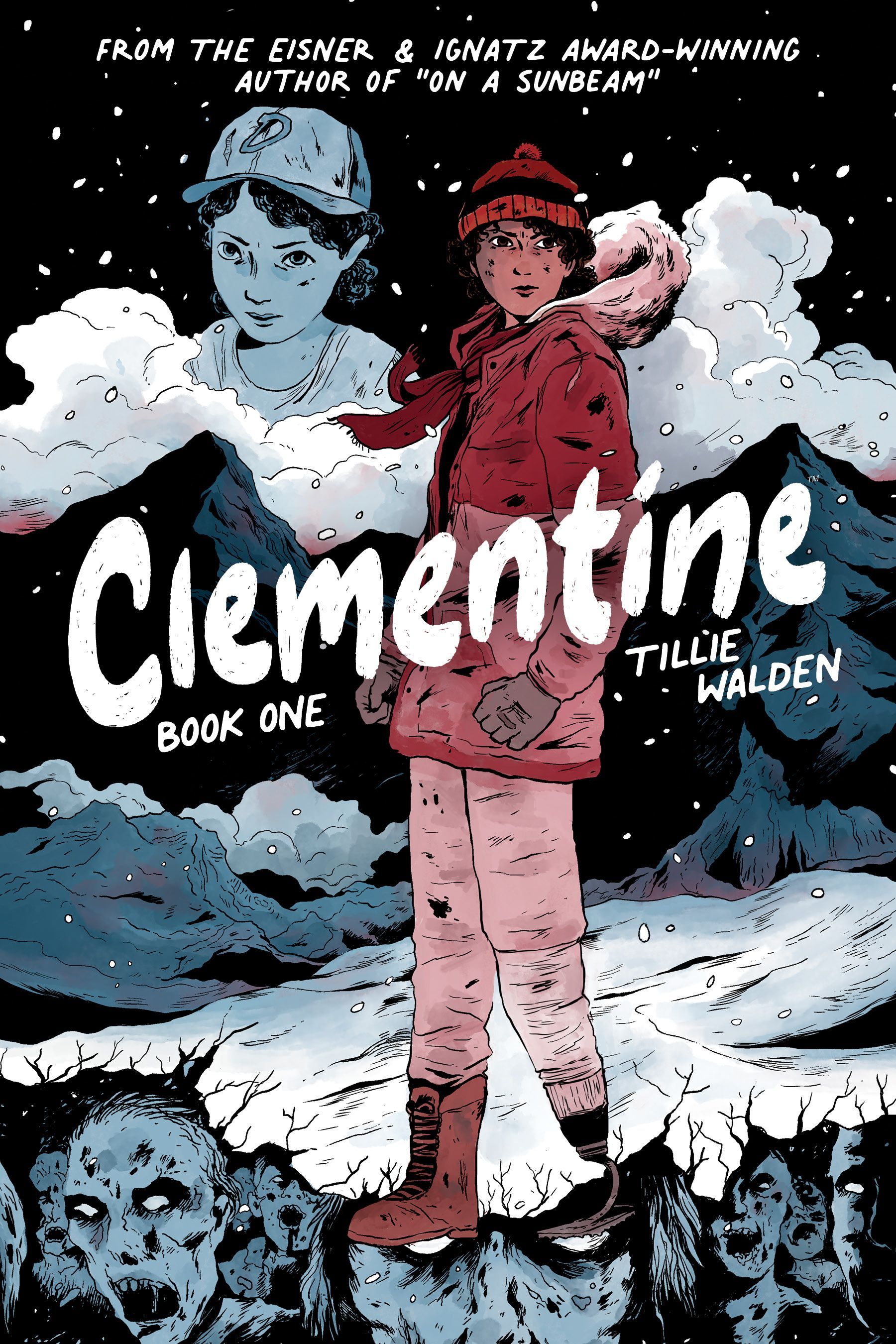


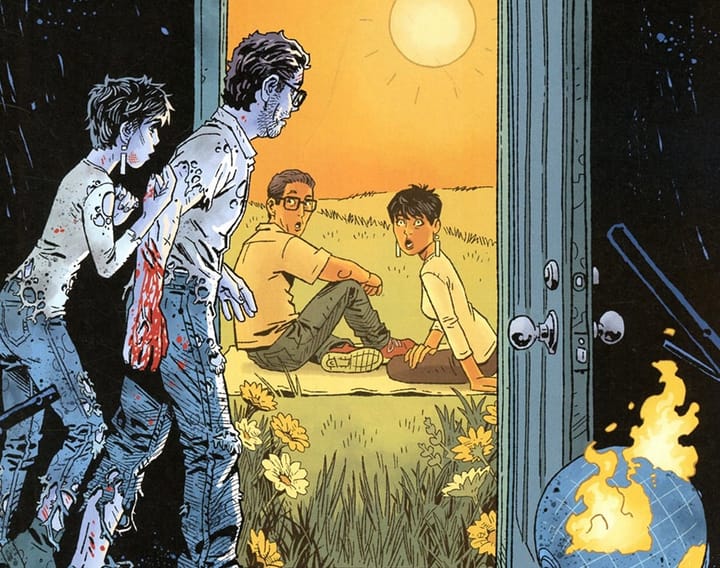

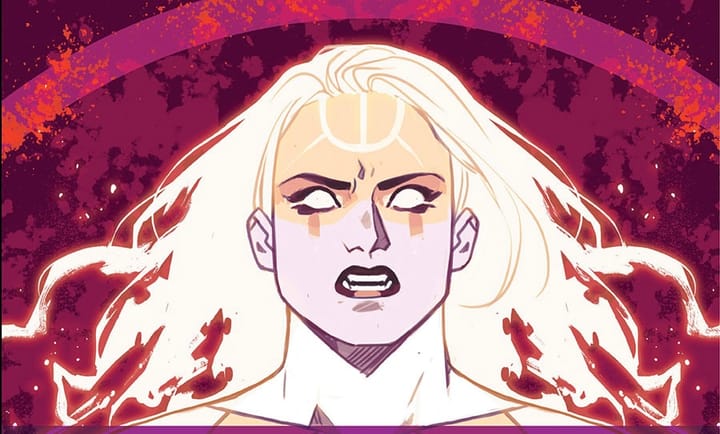
Comments ()